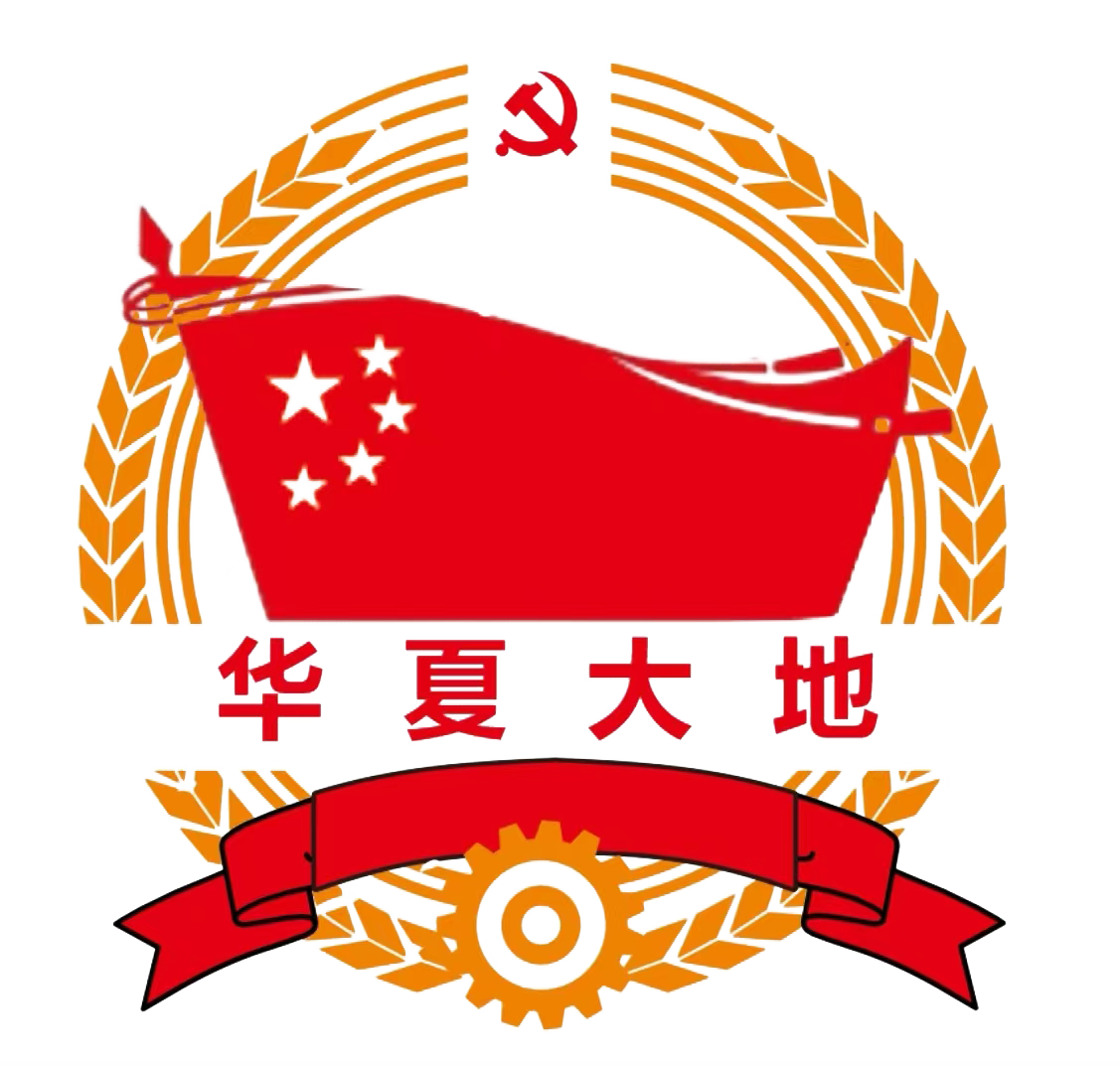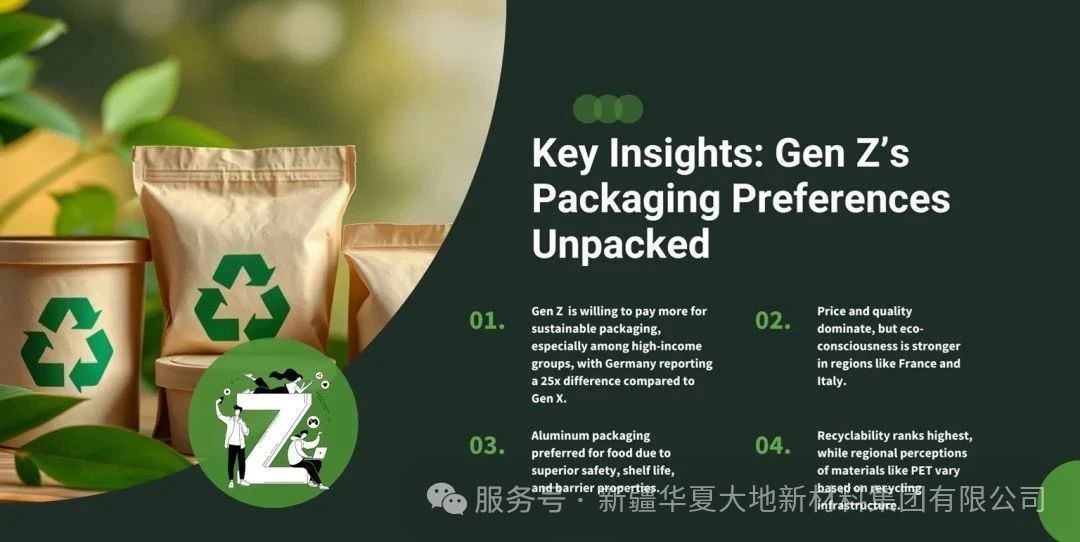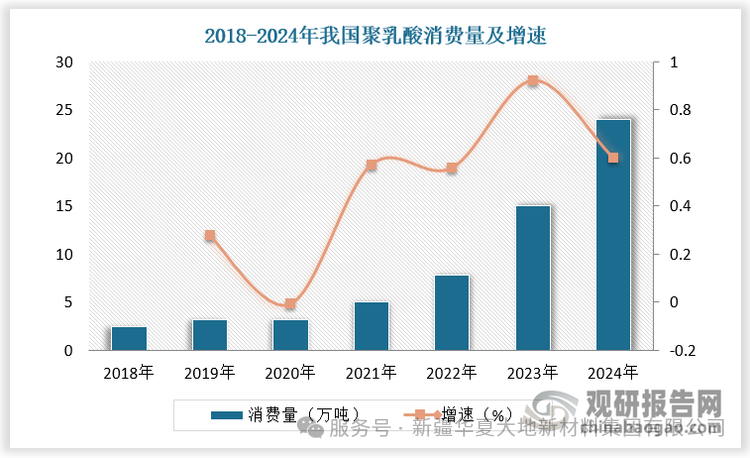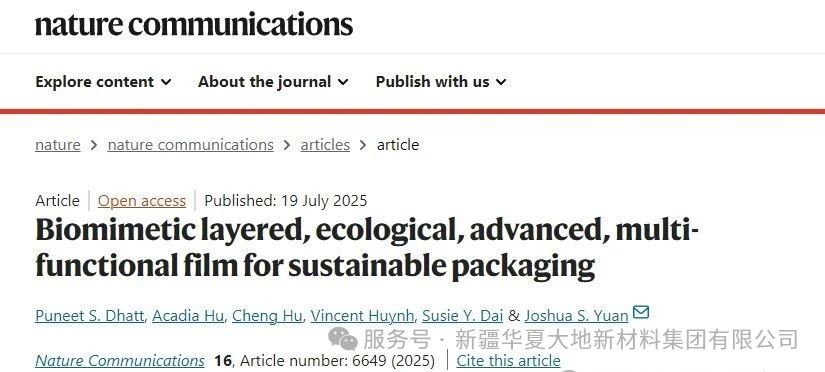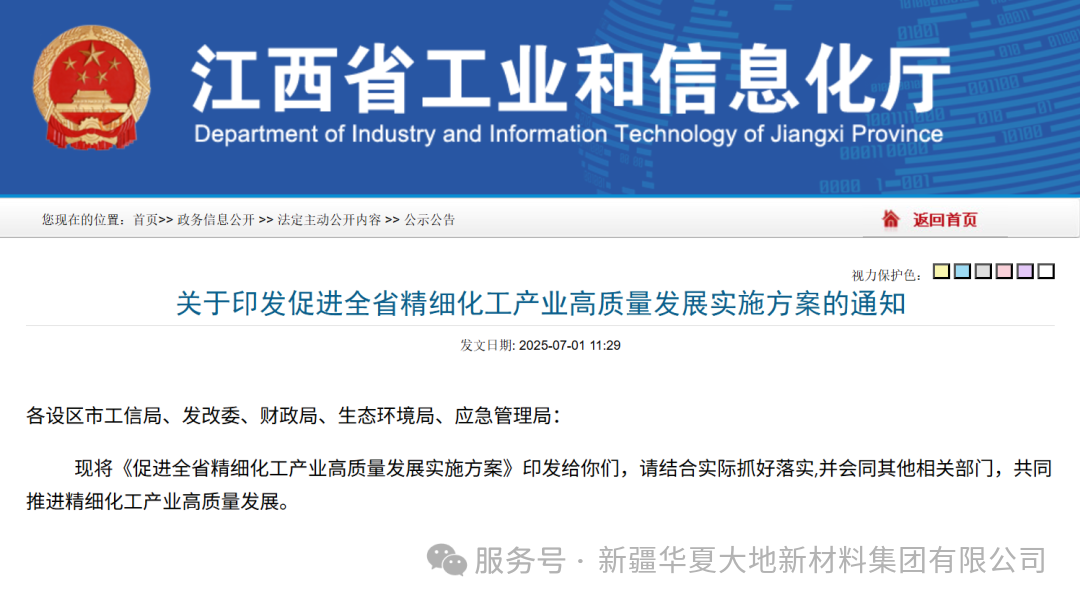In agricultural production, plastic mulch plays a significant role, but the "white pollution" caused by ordinary polyethylene (PE) plastic mulch has become increasingly prominent. To address this issue, degradable plastic mulch, an alternative product developed in the early 1990s, emerged. However, it has gradually been phased out of the market, and there are multiple underlying reasons for this. From the perspective of degradation mechanism, degradable plastic mulch has inherent flaws that are difficult to overcome. Its core principle is to add photosensitizers and other additives to traditional PE and other polymers, triggering photo-oxidation reactions through ultraviolet rays from the sun, causing the plastic mulch to become brittle, split, and disintegrate. However, this degradation is merely physical fragmentation and not complete degradation. The core material remains the hard-to-degrade PE, and the added additives can only cause the material to break into small fragments but cannot achieve a complete transformation of the chemical structure. This means that the PE microplastics produced after the disintegration of the plastic mulch will remain in the soil for a long time, causing secondary pollution. More importantly, the buried part of the plastic mulch, due to the lack of sunlight, is difficult to degrade, and the remaining fragments may enter the food chain through soil circulation, posing a potential threat to the soil ecological environment and human health. This degradation method, which cannot fundamentally solve the pollution problem, makes it difficult for degradable plastic mulch to survive in the current market with increasingly strict environmental protection requirements. In terms of application status, the market space for degradable plastic mulch has been continuously shrinking. Dozens of enterprises in China have produced photo-oxidative degradable plastic mulch. After 2015, as people's environmental awareness has increased, they gradually realized the limitations of degradable plastic mulch, and the number of enterprises producing such plastic mulch has decreased year by year, with production basically ceasing. In 2022, the only relevant local standard in China, "Oxidation-Biodegradable Ecological Plastic Mulch" (DB37/T2446-2013), was abolished, marking an important sign of the exit of this technology route from mainstream applications. Currently, degradable plastic mulch is only being studied in a few regions such as Heilongjiang and Xinjiang, and has not formed a large-scale promotion trend. The market's demand for environmentally friendly products is constantly increasing, but degradable plastic mulch cannot meet the true environmental protection requirements, making it difficult to sustain development in the market. Additionally, after thorough research and argumentation, the European Union has banned the production and use of photo-oxidative degradable and other degradable plastics and their products since 2021. At the same time, the rise of fully biodegradable plastic mulch has also accelerated the process of degradable plastic mulch being phased out of the market. Fully biodegradable plastic mulch is fundamentally different from degradable plastic mulch. In terms of raw materials, fully biodegradable plastic mulch uses completely degradable bio-based or petrochemical-based polyesters, while degradable plastic mulch is centered on PE; in terms of degradation products, fully biodegradable plastic mulch can be converted into harmless small molecules, while degradable plastic mulch generates microplastics; in terms of environmental impact, fully biodegradable plastic mulch solves pollution from the source, while degradable plastic mulch poses a risk of secondary pollution. Moreover, fully biodegradable plastic mulch is the mainstream direction encouraged by policies. The "Soil Pollution Prevention and Control Law of the People's Republic of China" clearly supports its use, and the Central "No. 1 Document" has continuously emphasized its research and promotion for many years. In the actual agricultural production-related links, in the bidding of local agricultural and rural departments, it is specified to use plastic mulch that meets the standard of "Fully Biodegradable Agricultural Ground Cover Film" (GB/T 35795-2017). With the support of policies and the market's preference for environmentally friendly and efficient products, fully biodegradable plastic mulch has become a better choice, further squeezing the market share of degradable plastic mulch. In conclusion, due to the flaws in the degradation mechanism, the poor application status, and the substitution advantages of fully biodegradable plastic mulch, the gradual phasing out of degradable plastic mulch from the market is an inevitable result. This also reflects the pursuit and choice of environmentally friendly and efficient products in the agricultural field on the path of sustainable development.
